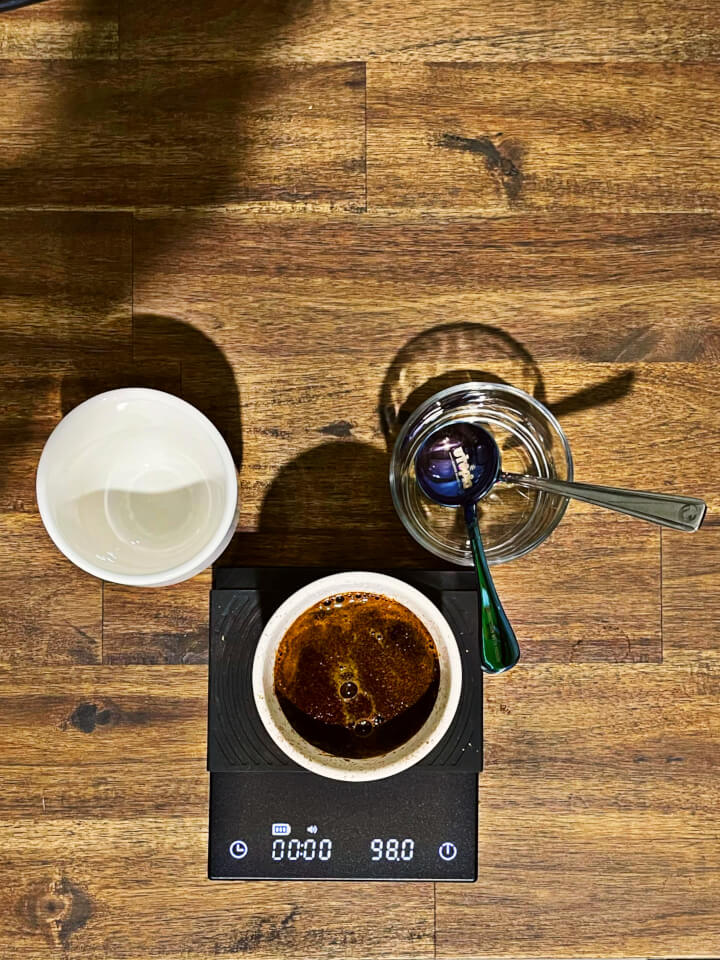Coffee cupping is a method used to evaluate the flavor and quality of different types of coffee beans. It is important because it allows coffee professionals to taste and compare different coffees side by side, to identify unique characteristics and qualities of each type of coffee, and to determine the quality of the coffee.
During a coffee cupping, a small amount of ground coffee is placed into a cup and hot water is added. The coffee is then steeped for a few minutes before being tasted. To evaluate the coffee, the taster will take a spoonful of the brewed coffee and slurp it loudly, which helps to distribute the coffee evenly across the taste buds and enhances the flavors.
The cupping protocol typically involves a series of steps that follow a specific order, including:
- Roasting the coffee: The coffee beans are roasted to a specific level to bring out the unique flavors and characteristics of the bean.
- Grinding the coffee: The coffee is ground to a specific size to ensure consistent extraction and flavor.
- Smelling the dry coffee: The taster will smell the coffee grounds to get an initial impression of the aroma.
- Adding hot water: The coffee is brewed with hot water using a specific ratio of coffee to water.
- Breaking the crust: After the coffee has brewed for a few minutes, the taster will use a spoon to break the crust that has formed on top of the coffee.
- Tasting the coffee: The taster will take a spoonful of the brewed coffee and slurp it loudly to evaluate the taste, body, acidity, and other characteristics of the coffee.
- Scoring the coffee: After tasting each coffee, the taster will assign a score based on the quality and characteristics of the coffee.
By following the cupping protocol, coffee professionals can taste and compare different types of coffee in a consistent and objective manner. This helps to ensure that the coffee being evaluated is of high quality and meets certain standards.
